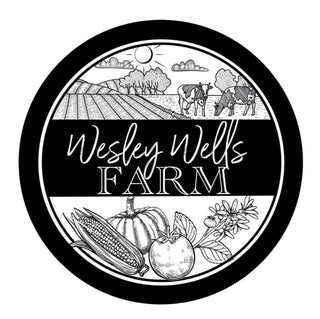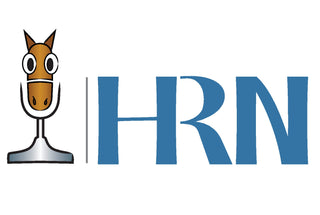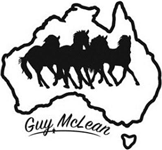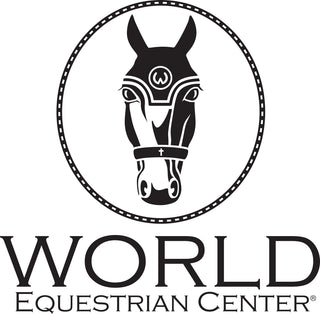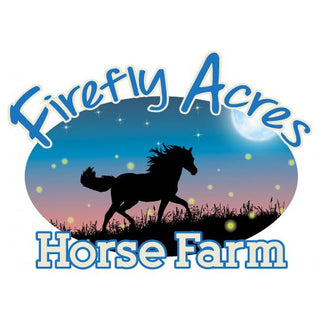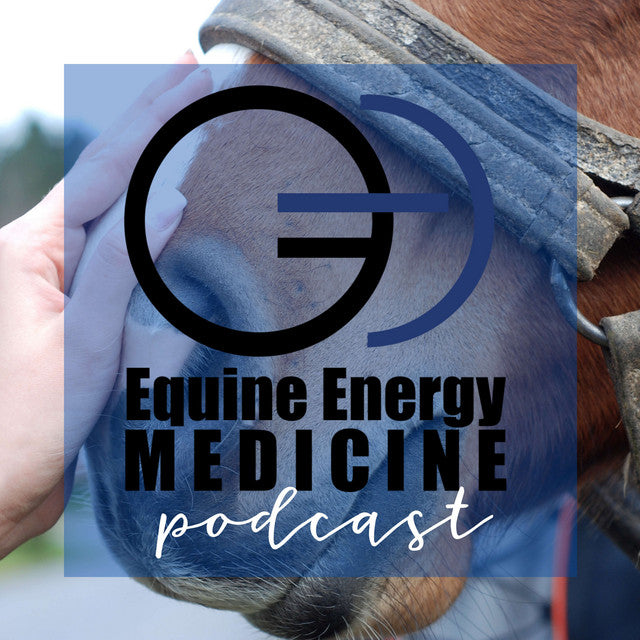
Fall horse care is more than just pulling out blankets and stocking hay, it is also about preparing paddocks for winter before the first hard frost sets in.
When you plan ahead in the fall, you make the colder months much easier for both you and your horses.
A well prepared paddock not only keeps your horses healthy but also reduces the amount of stressful emergency fixes you will face when the ground is frozen solid and the weather is unforgiving.
Let’s chat about what you can do to make sure your paddocks are perfectly prepped before inclement weather rolls in!
Walk the Fences and Gates
Before winter weather arrives, take a slow walk around your fences and gates. Cold winds, heavy snow, and icy conditions will find weak spots quickly.
Check for loose boards, sagging wires, or leaning posts.
Secure or replace anything that looks questionable now, while the ground is workable.
Remember that horses might test boundaries when pastures become bare, so solid fencing is your first line of defense in winter!
Also, be sure they have enough hay to keep them foraging and happy!
Manage Grass and Soil Health
Fall is the time to think about how your pastures will look come spring. Grass growth slows down, and horses can quickly graze paddocks down to bare dirt.
Bare patches turn to mud, and by spring they can become problem areas that are slow to recover.
Rotate turnout areas if you can, and consider resting some sections of pasture. If you want to overseed or fertilize, do it early in the fall so the plants have time to establish before winter sets in.
Pasture management is the key!
Tackle Mud Before It Becomes a Problem
Rainy autumn days lead to mud, and once winter arrives, those muddy areas freeze into rutted ground that is uncomfortable and unsafe for horses. Pay attention to high traffic areas like gates, water troughs, and feeding spots.
Adding gravel or mats can improve footing and prevent deep mud. This is also the season to use tools that make paddock cleaning easier. The Paddock Blade is designed to glide over uneven surfaces, collecting manure efficiently without digging into the ground.
Using it regularly in the fall helps you stay ahead of mud and reduces the mess that can worsen once snow and ice arrive.
Safe Use Tip: When the ground is soft, move slowly and steadily with your Paddock Blade. Allow the surface to drain slightly after heavy rain before you tow it. This keeps your paddocks healthier and ensures the blade collects waste cleanly without creating deep ruts.

Clean and Prepare Water Sources
Horses need water just as much in winter as they do in summer, yet frozen buckets and troughs are one of the biggest challenges for owners.
Before the temperatures drop, scrub and disinfect troughs thoroughly. Check heaters and automatic systems to be sure they are working properly.
Have a plan for power outages as well, such as spare water storage or insulated containers. A little work now will save you from chipping ice out of troughs in January.
Evaluate Shelters and Windbreaks
Horses are remarkably hardy, but they need protection from the worst of the weather.
Inspect your run-in sheds, barns, and lean-tos for loose boards, leaks, or damaged roofing. Reinforce structures so they can handle heavy snow or strong winds.
If your horses live out, be sure they have adequate shelter space so all herd members can escape driving rain or snow. Even natural shelter like a tree line can help, but it is not a substitute for a well-built shelter during harsh conditions.
Stock Up Before Winter Hits
One of the best parts of fall horse care is getting ahead of winter shortages. Check your hay supply and purchase enough to last until spring, as hay prices often rise when demand increases midwinter.
Gather extra bedding, salt blocks, first aid essentials, and blankets if your horse needs them.
Stocking up now means you will not be caught short when icy roads make deliveries difficult!
Hoof Care and Health Checks
Frozen ground, mud, and snow all put unique stresses on your horse’s feet. Even in warmer parts of the US, the ground hardens.
Schedule a farrier visit in the fall and discuss whether your horse will be better off barefoot, shod, or wearing special shoes for icy conditions.
Horses that go into winter with strong, healthy hooves cope much better. Fall is also the right time for a vet check, ensuring vaccinations are up to date and deworming is done according to fecal egg counts.

Create an Emergency Plan
Winter weather is unpredictable, and storms can cause problems quickly. Plan ahead by thinking about access to paddocks during heavy snow, storage of extra feed and bedding, and backup plans for water. Keep emergency contacts handy and share the plan with anyone who helps with your horses.
When bad weather hits, you will be glad you prepared.
Wrapping it up!
Preparing paddocks for winter is one of the most important parts of fall horse care.
By checking fencing, protecting pastures, managing mud, and making sure water and shelter are ready, you give your horses a safe and healthy environment all season long.
Tools like the Paddock Blade make cleaning easier, even in wet conditions, helping you stay on top of chores before they pile up.
With the right preparation, winter becomes less of a challenge and more of a season you and your horses can get through comfortably together.
FAQs
How do I start preparing paddocks for winter in the fall?
Begin by checking fencing, repairing shelters, and managing grass before it goes dormant. Fall horse care is about planning ahead, so focus on fixing weak spots now while the weather allows for easier work.
What is the biggest fall horse care mistake people make?
Many owners let horses overgraze pastures in the autumn. This damages the root system and leads to bare, muddy paddocks by spring. Rotating fields and feeding hay before the grass is gone helps prevent this.
Is mud really that dangerous for horses?
Yes, mud increases the risk of thrush, scratches, and strained joints. It also creates unsafe footing. Managing mud in the fall, especially around water troughs and gateways, is essential when preparing paddocks for winter.
How can the Paddock Blade help with winter preparation?
The Paddock Blade makes cleaning paddocks easier in wet and muddy conditions. It glides across uneven ground, picking up manure without digging into the soil. Regular use in fall keeps paddocks cleaner and reduces mud build-up before winter arrives.
What should I do about water troughs before freezing weather?
Clean them thoroughly in the fall and check heaters or automatic systems before the first frost. Having backup water plans is a vital part of fall horse care, since frozen buckets are a common winter challenge.
How much hay should I store for winter?
A good rule of thumb is to have enough hay for your horses to eat 2 to 2.5 percent of their body weight per day, multiplied by the number of days in the season. Buying hay in the fall often saves money and ensures supply before shortages hit.



















